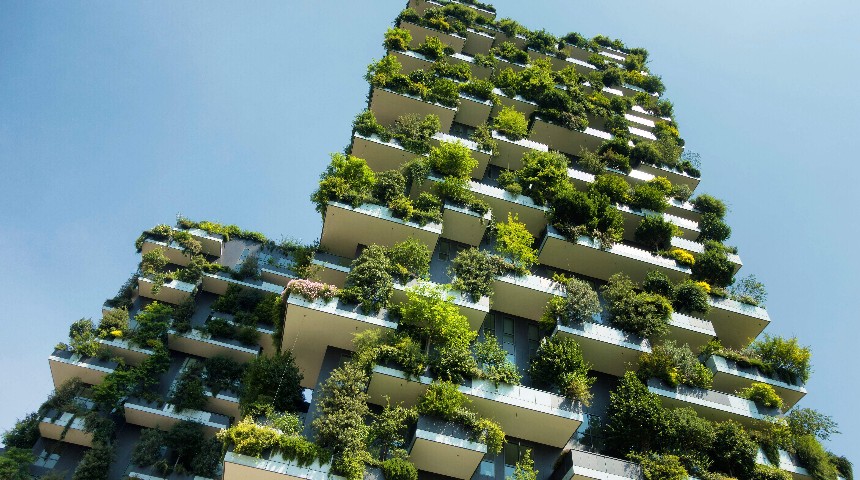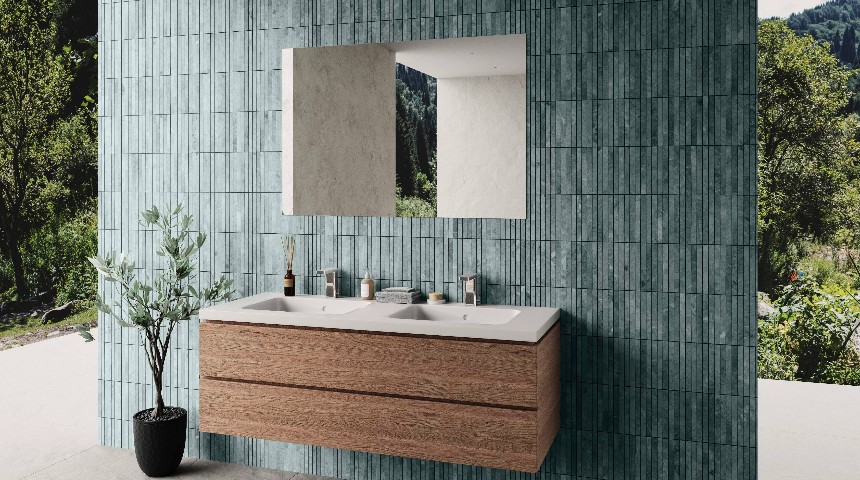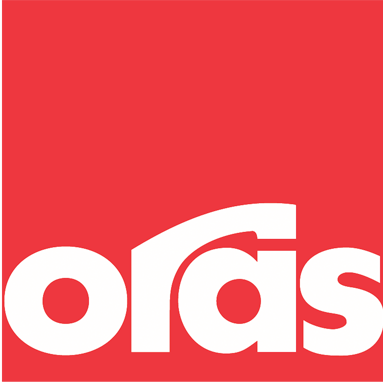We’ve gathered our sustainability experts to discuss everything project planners need to know about navigating the complex world of environmental certifications and documentation in the future.
In the past years, project planners have been under pressure to meet an increasing number of standards and requirements on a building’s environmental performances. These are known as BREEAM, WELL and LEED or the Nordic Swan Ecolabel and typically, several of them are used in combination.
That often requires lots of research, detailed documentation, and a constant need to stay up to date on the latest sustainability trends and best practices. Working with Environmental Product Declarations (EPDs) can save project planners some of that work. That’s why we at Oras provide EPDs to a dedicated range of our faucets to make selection and documentation a little easier.
So, what can EPDs do for you, how do they work and why should project planners care?

EPDs are expected to become a market requirement
Environmental Product Declarations (EPDs) and lifecycle assessments (LCAs) ensure that manufacturers analyze their environmental impact throughout the entire production process – from raw material extraction to its usage by the end consumer.
As ECO certifications are gaining traction across Europe, we can expect EPDs to become an important market requirement in the building industry. This will have profound implications for manufacturers worldwide. In the future, it will be up to them to deliver solutions that satisfy these certification requirements and to document the environmental impact of every product delivered to our buildings.
Among these products are faucets, which are a necessary fixture in buildings, but may not always be given sufficient consideration for their environmental impact.
Manufacturing footprint vs. lifecycle footprint: what's the difference?
Including EPDs on products sends an important signal on the journey towards environmentally certified buildings. They allow us to examine the immediate carbon footprint during manufacturing and throughout the entire lifecycle of a product – including parameters such as energy consumption, recycled materials, emissions, hazardous substances, and end-of-life.
"It’s about focusing on source separation and reuse as well as setting strict requirements for our suppliers and partners to ensure there are adequate conditions throughout the value chain. Equally important is being able to provide standardized documentation of the lifecycle of our products, as well as other measures to help customers become more informed,” explains Country Manager Lars Erik Fossum.
That is what lifecycle assessments (LCAs) are for. They look at everything that happens during a product's lifecycle, including how much energy it takes to make and use the product.
“That can be quite a task. It's usually not enough to say that we do it this way or that way. Everything must be documented and verified through external audits,” Fossum adds.
“On the flip side, these analyses also allow us to identify areas where we can improve the sustainability of our faucets most effectively.”

Taking sustainability assessments to new heights
At Oras, our most recent studies have shown that we might think most of our faucets’ environmental impact comes from manufacturing. However, the carbon footprint of the usage phase is in fact more significant.
“While the manufacturing process does contribute to a faucet's carbon footprint, the bigger impact comes from the usage phase – specifically, the energy and water consumed during use,” explains Kasper Thomsen, responsible for Oras sustainability product portfolio.
By considering energy and water consumption during use, we have been able to significantly reduce the carbon footprint of our faucets.
This not only helps to conserve resources but also has an impact on reducing carbon emissions – even more than the most sustainable manufacturing methods.
Navigating sustainability standards today and tomorrow
Industries need to prioritize sustainable practices. But providing extensive documentation won’t be enough as demand for ready-made, documented solutions for various environmental standards is growing rapidly.
That’s why we at Oras have equipped a selected range of our faucets with EPDs, created guides that help our professional customers find the right type of installations for their next ECO building and set up special task forces to consult on environmental standards in our different markets. With the plan to continuously expand the EPD product portfolio over the coming years.
“This will help us ensure everyone involved in a construction project can get recommendations on which products to use in reference to the environmental requirements that have been set,” concludes Marketing Specialist Susanne Karine Halck.
Project planners can already make a difference today by choosing products with lower carbon footprints. By looking out for EPDs and LCAs, the future project market will not only be well-equipped to examine their installations' immediate environmental impact during manufacturing but also throughout the entire lifecycle of a product.






